Grooming can sometimes be a stressful event for our feline friends, and for those occasions, cat sedative for grooming might be considered for the safety and comfort of both the cat and the groomer.
Knowing the ins and outs of cat sedation for grooming is crucial for pet owners and professionals alike, as it ensures proper hygiene for the cat.
Sedatives for cats can range from over-the-counter options to prescription medications and even natural methods.
Sedating your cat for grooming is a great way to ensure a stress-free and effective grooming experience, saving a lot of time and hassle by mitigating the cat’s anxiety.
Before diving into any sedation routine, it’s imperative to understand what sedation involves and assess whether it’s necessary to groom your cat safely and effectively.
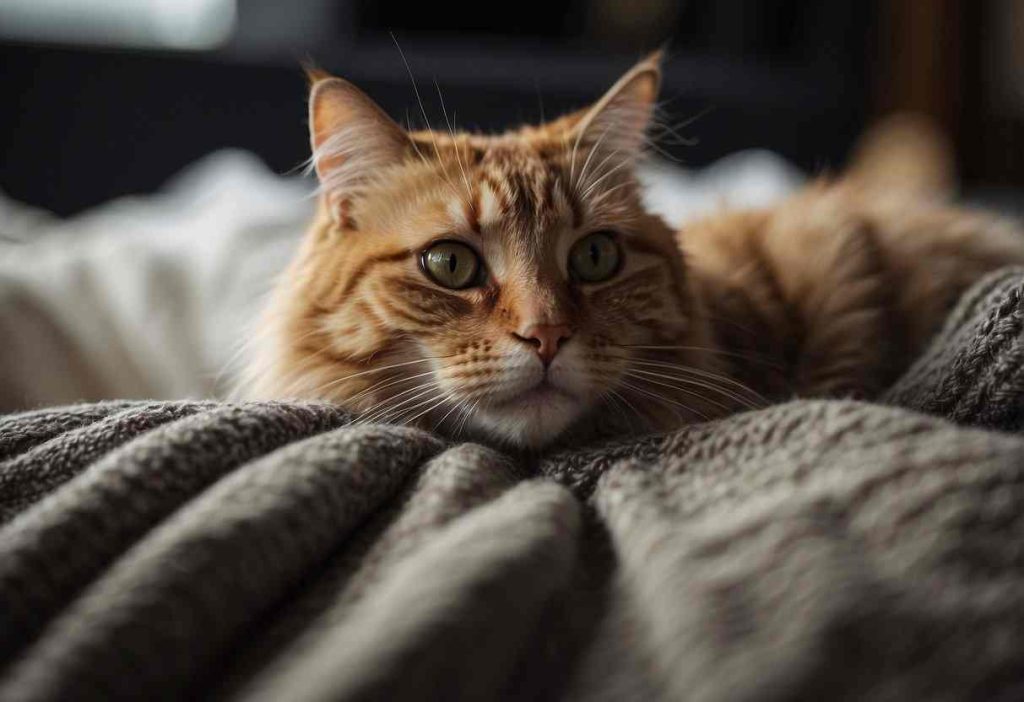
Deciding the right method requires detailed knowledge of the cat’s health, temperament, and the procedure itself.
Vets often reserve sedatives for cases where the cat is extremely anxious or aggressive during grooming, including pre-medication before general anesthesia.
Which a study showed happens in a small percentage of grooming sessions.
It’s important to know the options available, including pills or capsules, the risks involved, and the procedures for safe administration in a veterinary clinic.
Many vets recommend a “trial run” for sedatives, such as giving your cat a dose at home before the grooming appointment to ensure the medication works as intended.
Consulting a vet is always a wise step to ensure your cat’s well-being during their veterinary visit.
Key Takeaways
- Understanding cat sedation options ensures stress-free grooming sessions.
- Consult a veterinarian before administering any sedative to your cat.
- A minority of grooming sessions may require sedation for the cat’s comfort.
Safe and Effective Cat Sedative for Grooming Methods
Medical Sedatives
Certain situations warrant the use of medical sedatives. Among the common types are:
- Benzodiazepines: They work quickly and are effective for short-term relaxation, but their effect varies among individuals. (1)
- Alpha-2 Agonists: Typically offering a moderate duration of sedation. (2)
- Opioids: Known for potent sedative effects, they can also provide pain relief. (3)
A notable case study assessed the effectiveness of different sedatives in cat grooming, providing valuable insight into which medications offer the safest experience balanced with effectiveness.
Dosage Guidelines
Dosages can vary. For example, Midazolam, a benzodiazepine, is often recommended in a range of 0.2 to 0.5 mg/kg.
However, one should never bypass a vet’s guidance, as they tailor dosages based on the individual cat’s needs and health status.
Non-Medical Alternatives
Besides drugs, other tactics can ease grooming stress:
- Feliway diffusers and calming collars release pheromones that can soothe nervous cats, and studies back their effectiveness.
- Natural remedies such as valerian root or catnip may also help create a relaxing environment. (4)
Creating a Calming Atmosphere: A Simple Tutorial
- Place a Feliway diffuser in the grooming area 30 minutes before starting.
- Set out comfortable bedding and toys infused with catnip or valerian.
- Keep the environment quiet and stress-free as much as possible.
Remember, while the above methods can help, always consult a vet to ensure the well-being and safety of your pet during grooming.
Additionally, to ensure your cat’s paws remain soft and protected during the grooming process, consider applying a small amount of cat paw care using vaseline after the sedation wears off, as it can help soothe and moisturize their pads
Preparing for Sedation
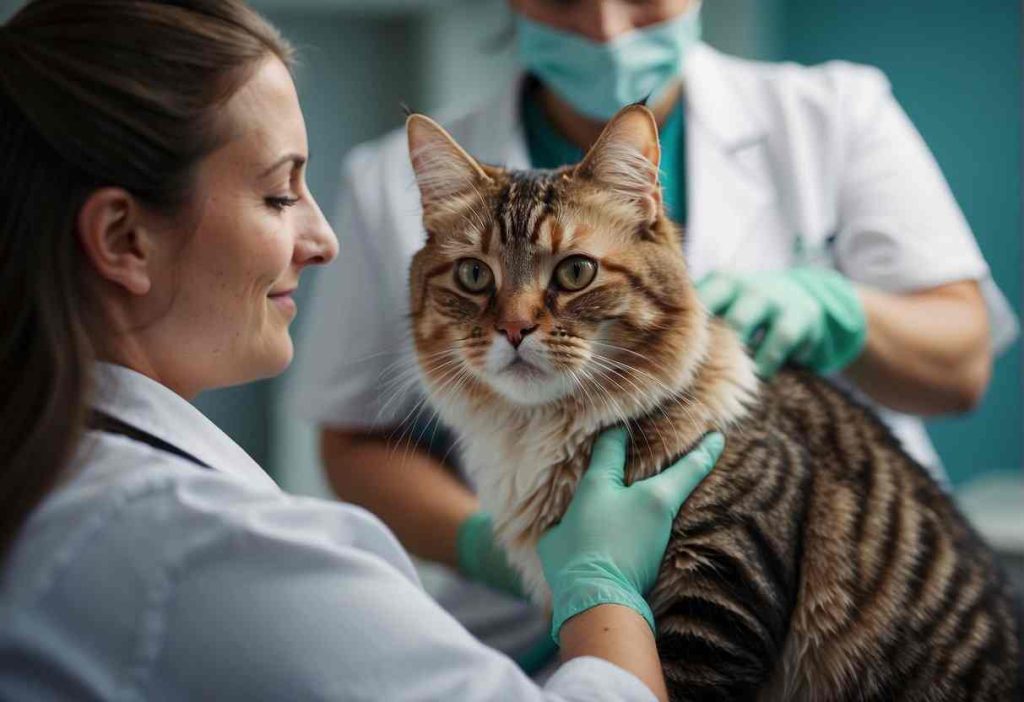
Before sedating a cat for grooming, owners should take several key steps to ensure the safety and comfort of their feline friend. It’s not just about keeping those claws at bay—there’s a bit more prep involved.
Pre-Sedation Precautions:
- Health Check-Up: Always consult with a veterinarian before the sedation. They may perform a physical exam to make sure the cat is healthy enough for sedation.
- Fasting: Cats typically need to fast—no food or treats—for a certain period before receiving sedatives. This helps prevent nausea or vomiting during the grooming process.
Remember, each cat is a unique little being with its health profile, so tailoring the approach is crucial.
Case Study Snapshot: There was a cat named Whiskers who underwent a pre-sedation health assessment.
It turned out he had a mild heart condition that wasn’t compatible with certain sedatives, thus averting potential complications.
Administering Sedatives Safely:
Have you ever tried giving a cat medication? It can turn into an impromptu wrestling match. But worry not, a gentle approach is the key, and these are the typical methods for administering sedatives:
- Pills:
- Prepare a quiet, comfortable space.
- Place the pill in a small treat or use a pill dispenser.
- Liquids:
- Mix with a small amount of wet food or administer directly into the mouth with a dropper or syringe.
- Injections:
- Locating a subcutaneous space (usually between the shoulder blades)
Helpful Guide: A visual aid, like an instructional video, could show step-by-step methods for giving oral sedatives to a cat.
Watching a vet or vet tech demonstrate the techniques can alleviate anxiety for the pet owner, making the whole experience more tranquil for everyone involved.
Detailed Grooming Instructions

When grooming a sedated cat, it’s essential to handle the cat gently to avoid causing any distress. Begin by setting up a comfortable and secure area:
- Preparation: Ensure all grooming tools are within easy reach.
- Brushing: Use a soft brush to gently remove any mats and loose fur. Start from the head and work towards the tail.
- Clipping Nails: While the cat is sedated, use a specially designed pet nail clipper to trim the tips of the claws. Avoid the pink quickly to prevent bleeding.
Example: Imagine a cat named Whiskers, fluffy and cranky during grooming. Now, see the serene picture post-grooming, with Whiskers relaxed and his fur smooth.
Post-Grooming Care
The aftermath of sedative use in grooming is crucial. Keep an eye on the cat for signs of full recovery:
- Monitoring: Look for alertness and normal behavior patterns.
- Hydration: Offer water to prevent dehydration—a common post-sedative concern.
- Comfort: Provide a quiet, comfy space for the cat to regain full senses.
Stats: Studies suggest that on average, full recovery from sedatives may take a few hours. Keep a close watch for any signs of distress, such as prolonged lethargy or disorientation.
Remember, each cat’s experience with grooming and sedation can differ, so what works for one may not suit another. The numbers are just a guide, not a rule. Every feline friend is unique, isn’t that right?
Addressing Different Needs
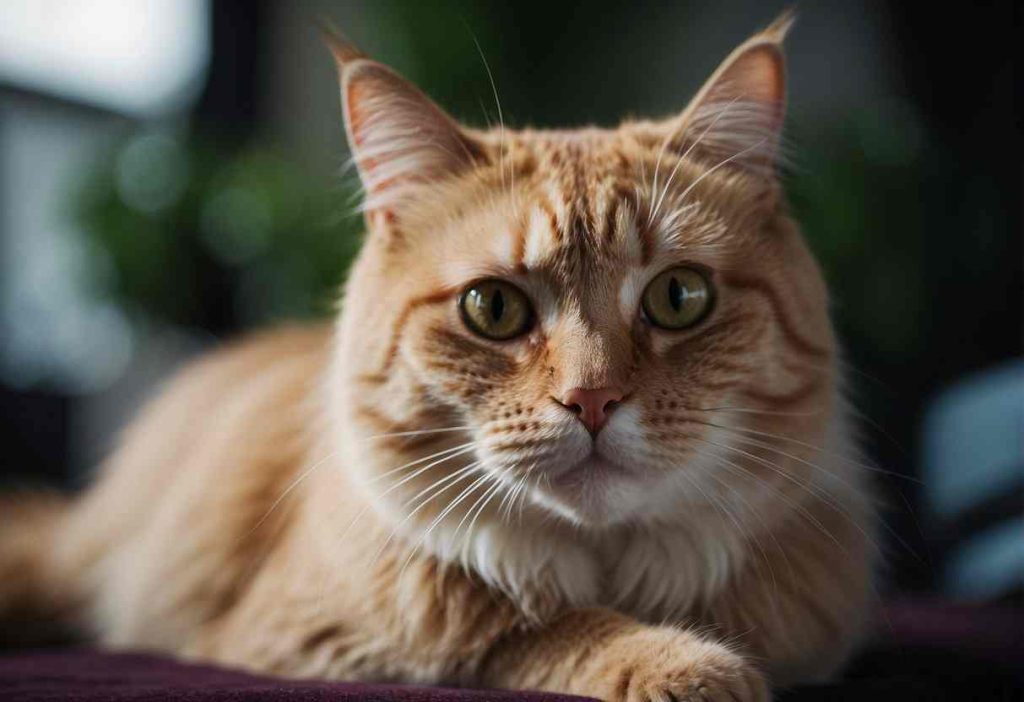
When grooming your cat, it’s important to handle their delicate areas, such as their paws, ears, and mouth, with care and get them used to the process from a young age.
This also applies to grooming their cat’s fur, as cutting too close to the skin can reflect their overall health and vitality.
When grooming your cat’s fur, make sure to handle it gently and avoid cutting it too close to the skin, as the condition of a cat’s fur, also known as tangles, can reflect their health and vitality.
For cats with allergies or skin sensitivities, it is important to use medicated products and shampoo during grooming to prevent any discomfort or reactions.
For example, let’s say you have an elderly cat named Miss Whiskers with arthritis. She’s a sweetheart, but grooming days are tough for her.
The vet might suggest a mild sedative that eases her discomfort, ensuring she doesn’t get too stressed. During her grooming session, she is gently held in a position that doesn’t strain her joints.
Her comfort is the priority!
Catering to Various Conditions:
- Elderly Cats: Lower doses and gentle handling
- Medical Conditions: Custom sedation plans after vet consultation
- Severe Anxiety: Extra soothing measures and potential for a more potent sedative
Now, sedation isn’t a one-size-fits-all solution, and handling techniques can be just as important as the medicine itself. Here’s how one might approach different needs:
| Condition | Sedation Approach | Handling Technique |
| Elderly | Lower doses; mild sedatives | Supportive, non-restrictive |
| Health Issue | Tailored to ailment (e.g., heart) | Careful to avoid stress |
| Anxiety | Potentially stronger sedatives | Calm, soothing environment |
Each cat’s case is unique, and so should their grooming plan. Aren’t cats incredible, each with their little personalities and needs?
It’s important to keep in mind these little idiosyncrasies when making decisions about their care, including grooming and checking their cat’s skin for any potential issues.
After all, we want Miss Whiskers—and every cat like her—to feel like their best selves, even on a spa day!
Alternatives and Precautions
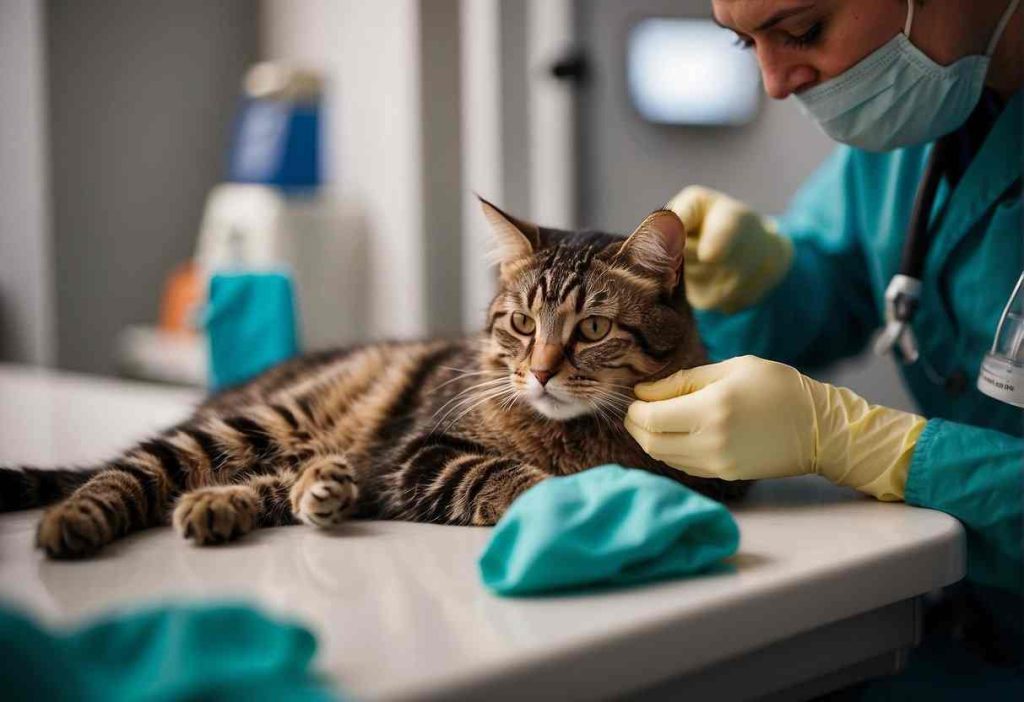
Alternatives to Sedation
Another alternative to sedation is using synthetic pheromones, which mimic the natural secretions cats use to mark their territory and can help reduce anxiety-related behaviors like scratching and biting.
Leash training your cat and taking regular outdoor walks to public places can also be effective in helping your cat become more comfortable in new environments and reduce stress during grooming.
Professional grooming services provide experts who are adept at handling fussy felines, potentially reducing the need for sedation. They’ve got the skills to calm a kitty without a single sedative.
Emergency Measures and Precautions
Even with all due care, a cat might react unexpectedly to sedation. Keep an eye out for these red flags:
- Excessive lethargy
- Difficulty breathing
- Sudden behavioral changes
If you observe any of these signs, it’s crucial to contact a vet immediately.
The good news? Severe adverse reactions are rare when sedatives are administered properly—rest easy knowing that a vet’s expertise minimizes risks.
Remember, your cat’s health and safety come first. When in doubt, reach out to your trusted veterinarian for the best advice. They’re the pros after all!
Quick Recap
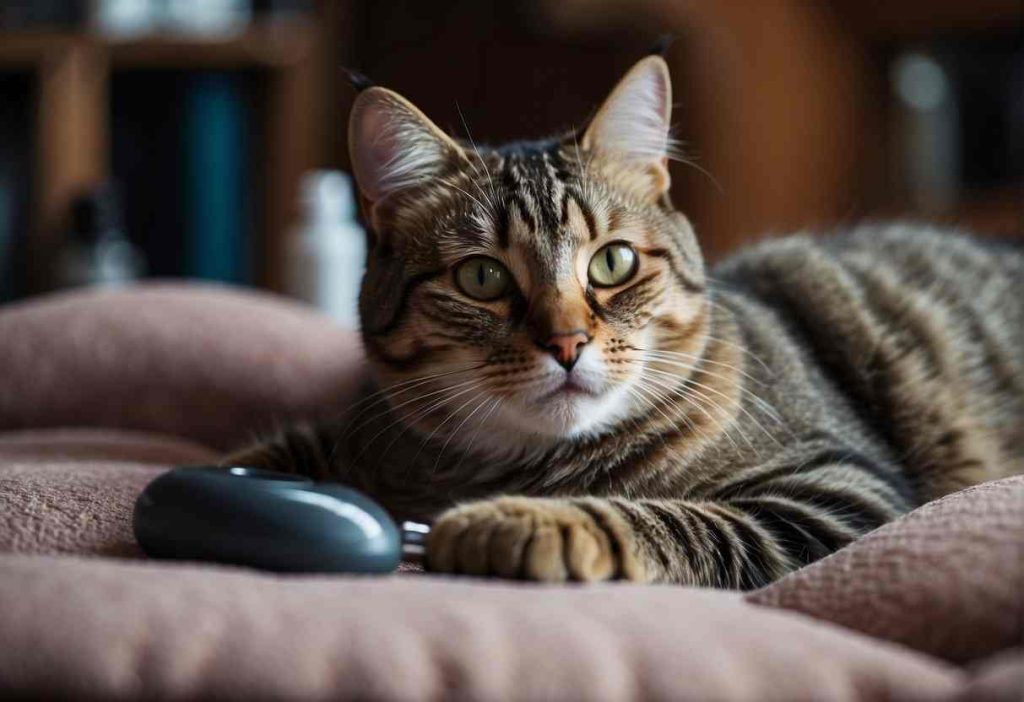
Here’s a summarized breakdown of the sedation methods and key considerations:
- Medication Types: Sedative medication comes in various forms. Popular choices include:
- Natural Methods: Apart from prescription medication, there are natural methods to consider, like pheromone diffusers or calming supplements.
- Safety First: Always prioritize the cat’s safety. Research each method and understand possible side effects. Here are key points:
- Monitor the cat’s health status before sedation.
- Be aware of any underlying health conditions that may affect sedative choice.
- Understand the correct dosages to prevent complications.
- Professional Advice: Before deciding on a sedation method, a veterinarian’s input is crucial. They will assess the cat’s health, consider any underlying conditions, and recommend the safest and most effective sedation technique for grooming sessions.
- Preparation: Get everything ready in advance to minimize the grooming time. Ensure all grooming tools are at hand and the space is calm to help ease the cat’s anxiety.
Emphasizing proper usage, consulting a professional, and preparing the environment will make grooming a smoother experience for your furry friend.
Remember, each cat is unique, so tailoring the approach is key to a stress-free grooming session.
Frequently Asked Questions
When it’s grooming time, cat owners often have questions about the safety and effects of sedatives. This section covers some of the most common concerns regarding the use of sedatives for grooming purposes.
What are the safest sedatives for cats during grooming?
The safest sedatives are those prescribed by a veterinarian, often based on the individual cat’s health, size, and needs.
Common sedatives used include benzodiazepines, alpha-2 agonists, and gabapentin. It’s crucial to never use human medication without vet approval.
How can I tell if my cat is having an adverse reaction to a sedative?
Signs of an adverse reaction can include excessive lethargy, agitation, vomiting, or any dramatic change in behavior or vital signs.
If any unusual symptoms occur, they should contact their veterinarian immediately.
How long does cat sedation last, and how can I ensure my cat is comfortable as it wears off?
The duration of sedation can vary, but it’s typically a few hours.
Owners can ensure comfort by providing a quiet, warm space for the cat to recover and monitoring their cat for any signs of distress.
Access to water and a litter box is also important once the cat regains enough coordination.
Are there any natural alternatives to pharmaceutical sedatives for cat grooming?
Yes, natural alternatives like pheromone sprays, calming collars, and herbal remedies can be effective.
They should ask their vet about specific natural options suitable for their feline friends.
What should I do to prepare my cat for sedation and grooming?
They should follow their veterinarian’s instructions, which may include fasting the cat before sedation.
It’s also helpful to get the cat accustomed to being handled and to the grooming process itself gradually over time to reduce stress.
- The Ultimate Overview to Actual Cash Gambling Establishments - July 1, 2025


